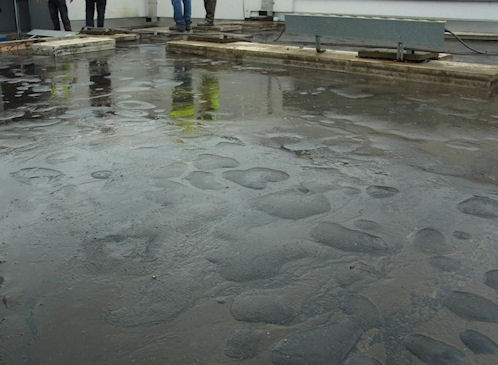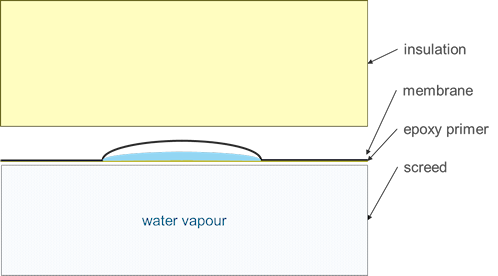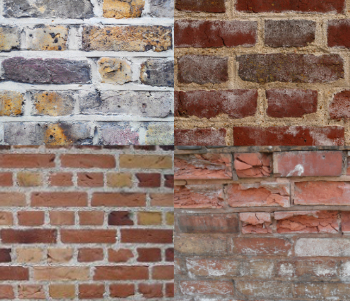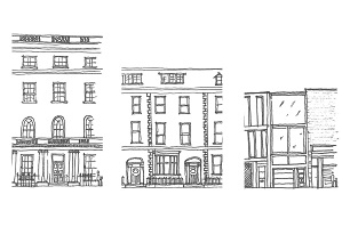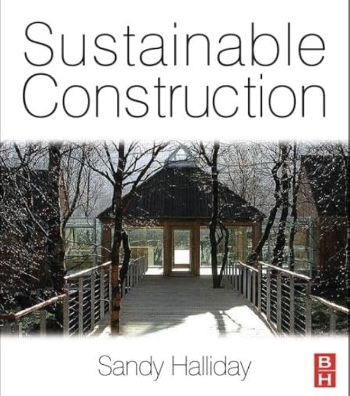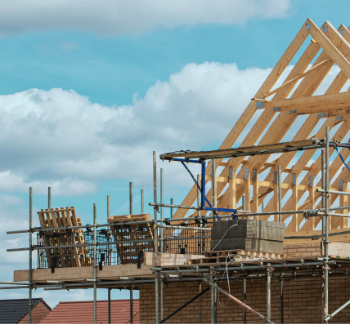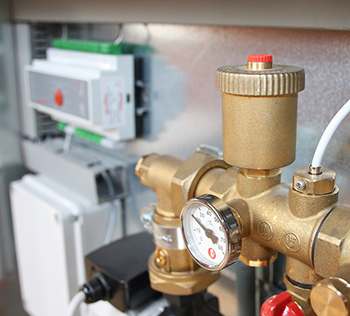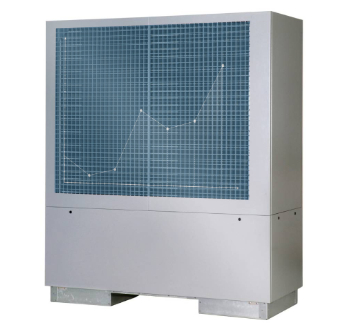Inverted roof defect - case study
An inverted roof, also referred to as a ‘protected membrane’ or ‘upside down’ roof, is where the waterproofing layer is beneath the thermal insulation layer instead of above it. This means that the temperature within the roof void is closer to that of the building’s interior, without a vapour control layer being required as with a warm roof.
BRE investigated a large building with an inverted roof that was suffering from persistent leaks, with water dripping from the underside of the roof and on to suspended ceiling tiles. When the insulation was removed from the worst-affected area, a large number of water-filled ‘blisters’ were found in the waterproof membrane.
The blisters ranged in size from 50 mm to 1 m and further investigations revealed that they were present across the entire building.
[Figure 1 – Water-filled blisters across roof surface revealed by the removal of the insulation boards]
The roof build-up comprised the following elements:
- Ballast.
- Insulation.
- Liquid-applied polyurethane waterproof membrane.
- Epoxy resin primer.
- Concrete screed.
- Pre-cast concrete planks.
The building owners assumed that the blisters had formed because of pinholes and small tears in the membrane, and indeed many such defects were present. However, the majority of the blisters did not contain any defects and there appeared to be no path for water to enter them.
Following an investigation, BRE concluded that water that had been trapped in the roof build-up during construction had condensed between the top of the concrete screed and the underside of the membrane.
The epoxy primer that had been applied to the top of the concrete screed appeared to be acting like a one-way valve, allowing water vapour to pass upwards, but not allowing it to be absorbed back into the screed once it had condensed. This caused the blisters to be ‘pumped up’ with water each time a sudden downpour followed a spell of fine weather.
[Figure 2 – Sketch of condensation within a vapour-filled blister]
It is stressed that this was an unusual occurrence and not one that is normally associated with inverted roofs. Unfortunately the scope of the investigation did not allow BRE to fully investigate the circumstances that had allowed the blisters to form. But the most likely cause was a deficiency in the bond between the liquid-applied waterproof membrane and the primed surface of the concrete screed.
This article was originally published here by BRE.
[edit] Find out more
[edit] Related articles on Designing Buildings Wiki
Featured articles and news
Introducing or next Guest Editor Arun Baybars
Practising architect and design panel review member.
Quick summary by size, shape, test, material, use or bonding.
Types of rapidly renewable content
From forestry to agricultural crops and their by-products.
Terraced houses and the public realm
The discernible difference between the public realm of detached housing and of terraced housing.
Put digitalisation and sustainability at the core of curricula
Project management educators are urged.
Looking back at the influence of climate events
From a designer and writer: 'There are limits to growth but no limits to development'.
Terms, histories, theories and practice.
Biophilic design and natural light
Letting in the light and natural elements into spaces.
APM Programme Management Conference 2024
Strategies for Success.
Residential takes the reins as contract awards even out
Contracts down, but remain above the last quarter of 2023.
Celebrating Eid and the largest mud-brick building.
Barry Kingscote claims prestigious CIOB CMYA Award.
The British Mosque: an architectural and social history
The story of some 1,500 mosques or more in Britain.
Heat pump refrigerants, efficiencies and impacts
R12 to R1270 what are the differences?
Global heat pump market in 2023
Challenging times with positive but modest outlook.
Beyond the infrastructure pipeline
Opportunities and chokepoints.









